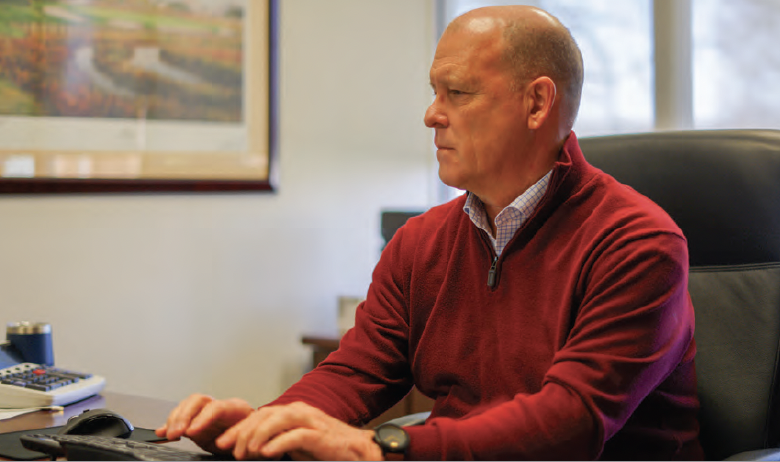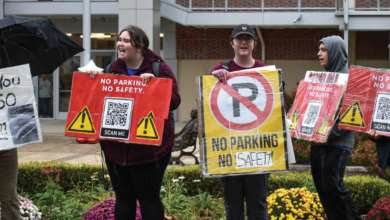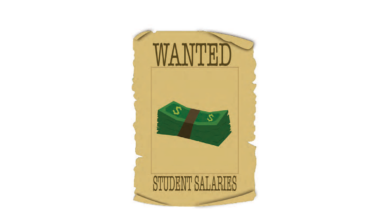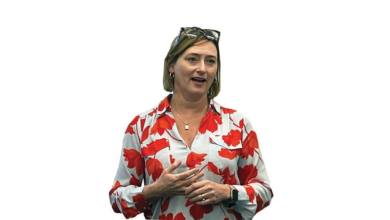
Rider drops Moody’s; seeks loan of up to $15 million
Correction: This story was revised Oct. 10 at 9:54 a.m. The original version of this story incorrectly stated that Rider was seeking an additional loan of $67 million. Rider borrowed $67 million in 2021 and is seeking another loan in 2024, but it can only be worth up to $15 million.
The Rider News regrets this error.
By Jake Tiger
After having its creditworthiness downgraded four times since 2020, Rider dropped credit rating provider Moody’s Investors Service, feeling that its analysis was inconsiderate of the university’s story and post-pandemic progress, according to Rider’s chief financial officer.
The institution now pays for Standard & Poor’s service, the namesake of the S&P 500 stock index. Rider’s recent credit ratings with S&P have been more favorable, and CFO James Hartman said the company had been a much better financial partner than Moody’s.
“Moody’s was all about the metrics and the numbers and not really being interested in understanding our story and what we were trying to do to recover from COVID,” Hartman said in an interview on Sept. 26. “We were paying Moody’s not to be a great partner, so we said, ‘Why are we doing that?’”
Moody’s, a major global credit rating and risk assessment firm, downgraded Rider’s issuer and revenue bond ratings to Caa1 in January, which denotes junk status and a “substantial risk” for investors, according to the company’s ratings scale.
Moody’s attributed the demotion to the university’s $119 million in outstanding debt, ongoing operating deficits and severely limited cash on hand, the company said in its report on Rider.
Evelyn McDowell, chair of Rider’s Department of Accounting, said of the move, “If I’m an investor, I think that’s disturbing … that S&P and Moody’s would be so different. … I would want to know why.”
Hartman said Rider’s most recent grade from S&P was BB, which is equivalent to a Ba2 rating with Moody’s — five grades above Caa1, according to S&P’s and Moody’s grading criteria.
A BB rating still classifies as non-investment grade, also known as a “junk” bond, according to S&P.
“[S&P is] still going to ding us if our financials aren’t good, but they’re understanding,” Hartman said. “We would spend hours on the phone with S&P, whereas our Moody’s calls would be like a half hour, 45 minutes, and then they downgrade us. … I’m like, ‘You guys aren’t giving us any credit for the work that we’re trying to do to recover from a really difficult time.’ We don’t want a pass for what happened during the pandemic, but that has to come into consideration.”
Since the university cut off Moody’s, it began seeking additional funds by borrowing against its mortgage amid an ongoing financial crisis, according to Hartman.
After borrowing $67 million against its mortgage in 2021, Rider is seeking an additional loan worth up to $15 million that would help the institution get through its “low-cash times” toward the end of each semester and over the summer, according to Hartman.
The CFO said universities like Rider are “rich twice a year:” when tuition revenue begins to roll in at the start of the fall and spring semesters. The latter brings in a bit less money as fewer students are typically enrolled in the spring.
The summer is the driest period for universities, and extra cash helps Rider pay its employees and “keep the lights on,” Hartman said.
“We’re trying to enhance our liquidity … as we work through trying to build a sustainable business model,” said Hartman. “It gives us that cushion.”
According to Rider’s loan and mortgage amendments from 2021, it can only borrow $15 million at most in a second loan, but Hartman said the actual amount will likely be far below that maximum.
Rider provided the Lawrenceville campus as collateral for its bonds in 2021, when it refinanced its 2012 bonds and took out $30 million in new money for $67 million in total borrowed against the university’s mortgage, Hartman said.
In 2021, Rider’s Lawrenceville campus was valued at over $300 million, Hartman said on Sept. 26.
The CFO spoke with The Rider News again on Oct. 9 and said the campus was worth closer to $230 million. The $67 million in 2021 and the new loan are being taken out against this valuation.
If the request for additional funding is approved, which Hartman believed was likely, the money would be a much-needed infusion of liquidity for Rider as it continues to claw its way out of its annual deficits.
“There’s always a chance it could not get approved, but we’ve been talking to a number of lenders, and we’re feeling fairly confident we’re going to be able to close one with one of them,” Hartman said. “We’re just not there yet.”
Rider is hoping to see the additional funding in the next couple of months, according to Hartman.


